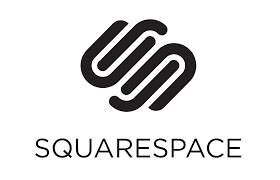No-code is a set of digital tools that allow non-technical people to make websites or applications without having to program / code. No-code platforms were first popularized by companies like Bubble and Squarespace and more.
⇒ Why use no-code?
For its ease of use and execution. No-code offers many advantages to companies and entrepreneurs.
-
PRODUCTIVITY
No-code tools make it possible to reduce the time needed to create software and applications, thereby increasing productivity. At the same time, speeding up the time-to-market. This, because anyone from the intern to the content creator can be working on projects once reserved for computer programmers.
-
COST
Because it’s possible to quickly train internal, non-tech individuals and teams in no-code software, recruitment of specialists, often rare on the market, is no longer necessary. No-code also eliminates, or at least reduces, the need to purchase specific business applications and software.
However, it should be noted that no-code systems don’t intend to replace Company developers. The interest of these platforms is precisely to supplement and develop existing internal capacities in order to increase the speed of creation and make processes more agile.
Although it is apparent that these platforms are relatively recent and therefore may have certain limitations.
-
INTEGRATION, CUSTOMIZATION AND LIMITED FUNCTIONALITIES
Developers may have to sacrifice some of the flexibility of customization. These platforms do not provide access to all of the underlying code, nor do they allow users to fully customize the application to their needs. This means that your exact vision can only be brought to life if it fits into the options offered by the no-code solution.
-
RESTRICTION
Restriction is one of the biggest fears surrounding low-code platforms. A lot of these low-code development platforms lock you into their cloud-based offering. So you may end up paying for a year subscription, when all you wanted to do was design a website.
-
SAFETY AND RELIABILITY
When it comes to your own custom code, you know you can count on it because you wrote it. But when it comes to low-code / no-code, you take risks because you don't have full control of all the code. This can open the door to security holes, because if the low-code platform is hacked, it can immediately make your application vulnerable as well.
As long as companies understand the limitations and loopholes, no-code continues to evolve. It’s a great quick fix for instant and short-term problems projects.
Some examples of no-code solutions:
Website design

Mobile application design
Web app design
Data and flow management

However, if you need a high quality, unique application, specifically designed to your requirements, the best option will always be from-scratch development.


